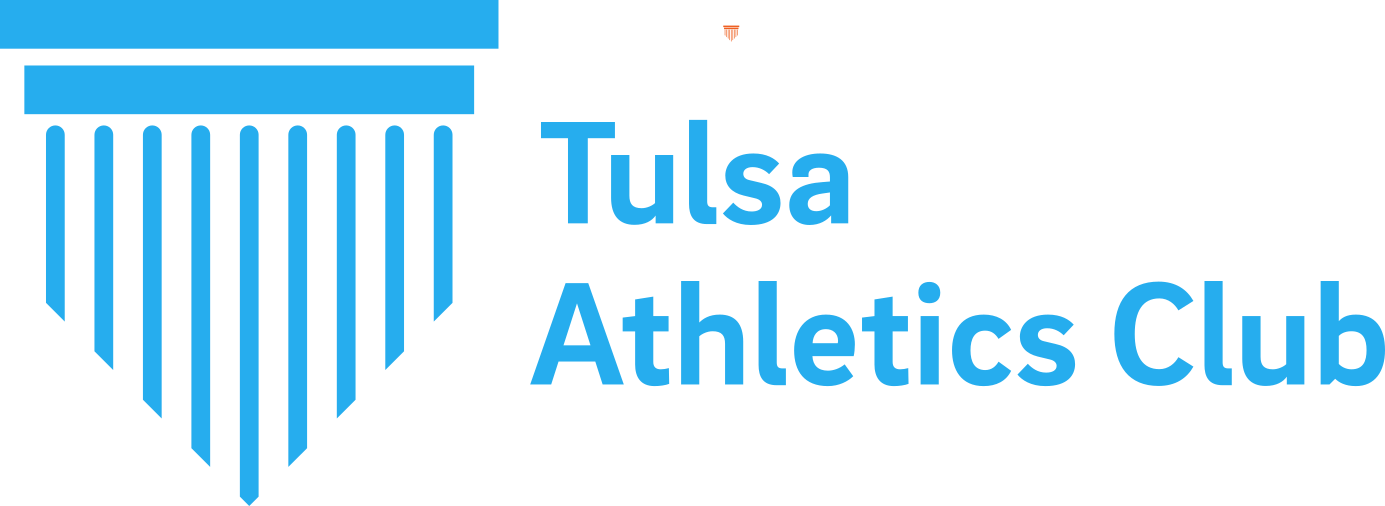Too few runners are athletes, in large part because we rarely teach runners the full range of their “parent” sport, athletics.
Unless you’re a multi athlete, there’s not much overlap between events at the competitive level. Sure, if you’re a triple jumper you can compete in the long jump, and both specialties of horizontal jumpers will hop into a few 100m races. Rotational shot putters, hammer throwers and discus throwers may have some overlap. Most runners will (can, should) compete up and down one distance, and hurdlers will race their “flat” distance. But those overlaps are pretty tight, and usually one-directional: long jumpers do not use the triple jump as their secondary event, nor do sprinters branch out into hurdles. And other than horizontal jumpers doing short sprints, no one crosses from one discipline to the other.
For training, and especially development, though, athletes should be roundly versed in all the events and skills of athletics.
Young athletes should all start out in athletics learning all events. They should come into the sport as multi athletes. Not only is this sound from a long-term athlete development perspective, but it’s also ideal for talent identification.
You might think a 12-year old has the makings of a distance runner (why you would ever think that is beyond me, but play along here), but two years and three growth spurts later, she’s better suited to be a high jumper. A sprinter may take to football practice differently than you expected - mentally and physically - and ends up with the drive and physique to be a shot putter.
As athletes move through adolescence, we can start identifying what their best discipline might be. High school athletes should be throwers, jumpers, sprinters or distance runners - not event specialists. Even into college - and the college athletic system is a multimedia tirade for many other times - there should be no rush to specialization. And to whatever extent they do specialize in an event or two, they should never give up performing all athletics movements in training. Jumpers should always be able to throw and run. Runners should know all about jumping (and landing) and throwing. We’ll give shot putters a bit of a pass on the running, but throwers should still be proficient in jumping and running.
And if an athlete ends up never being particularly good at any one event or discipline, this system is its own backup plan: they can remain multi athletes! Or, if athletics is truly not for them, they ready to learn and succeed in any other sport, for what sport doesn’t rely on some combination of running, throwing or jumping?
A recent review of our coach said:
“Coach George is good at teaching you things that you would never think would help you become a better runner.”
Every part of athletics makes you better at every other part, especially when you are first getting started, whether that is freshman year of high school or your first 5K. Our sport of athletics gives you everything you need to succeed, as long as you don’t limit yourself to one small part of it.
